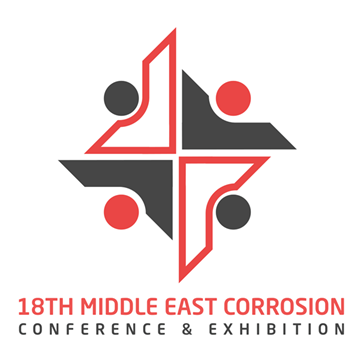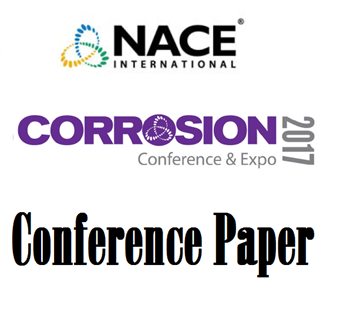Search
Individual Conference Papers
View as
Sort by
Display
per page
Influence of Operating Temperature on the Corrosion of Alloy UNS S50200 under Catalytic Hydrodeoxygenation of Pyrolysis Oil by Supercritical Ethanol with In-situ Hydrogen Source
Product Number:
51324-21240-SG
Publication Date:
2024
$40.00
Influence of Operating Temperature on the Corrosion of UNS S30400 Steel under Catalytic Hydrodeoxygenation of Pyrolysis Oil by Supercritical Ethanol with In-situ Hydrogen Source
Product Number:
51323-19012-SG
Publication Date:
2023
$20.00
Influence Of Organic Acids Released During Hydrothermal Liquefaction Of Biomass On Corrosion Of Candidate Reactor Alloys
Product Number:
51321-16612-SG
Publication Date:
2021
$20.00
Influence of Oxygen Diffusion Coefficients and Soil Moisture Content on the Corrosion Behavior of Carbon Steel
Product Number:
MECC23-20174-SG
Publication Date:
2023
$20.00
Influence of Pb and Cl in Waste Wood Fuel on Furnace Wall Corrosion of Low Alloyed Steel and Alloy 625
Product Number:
51324-21033-SG
Publication Date:
2024
$40.00
Influence of Powder Size of the Vapor Corrosion Inhibitor on Inhibiting Effectiveness
Product Number:
51317--8851-SG
ISBN:
8851 2017 CP
Publication Date:
2017
$20.00
Influence of Repeated Welding Thermal Cycle on The Mechanical Properties of SA516 Steel Weldment
Product Number:
MPWT19-14345
$0.00
Influence of Shear Stress on the Pitting Corrosion Susceptibility of Austenitic Stainless Steel in Brine Evaluated in the Rotating Cylinder Electrode
Product Number:
51319-13362-SG
Publication Date:
2019
$20.00
Influence of Stress and Temperature on Stress Corrosion Cracking of Welded Duplex Stainless Steel Joints under Drop Evaporation Test
Product Number:
51319-13420-SG
Publication Date:
2019
$20.00
Influence of Structural Features of Scale Inhibitors on the Control of Silica Scaling
Product Number:
51319-12861-SG
Publication Date:
2019
$20.00
Influence Of Ternary Additives On Electrochemical And Mechanical Behaviors Of Electroless Ni-P Coatings
Product Number:
51322-17841-SG
Publication Date:
2022
$20.00
Influence of the H2 Impurity on the Fatigue Crack Growth and Fracture in a Dense Phase CO2 Pipeline
Product Number:
51324-20721-SG
Publication Date:
2024
$40.00












